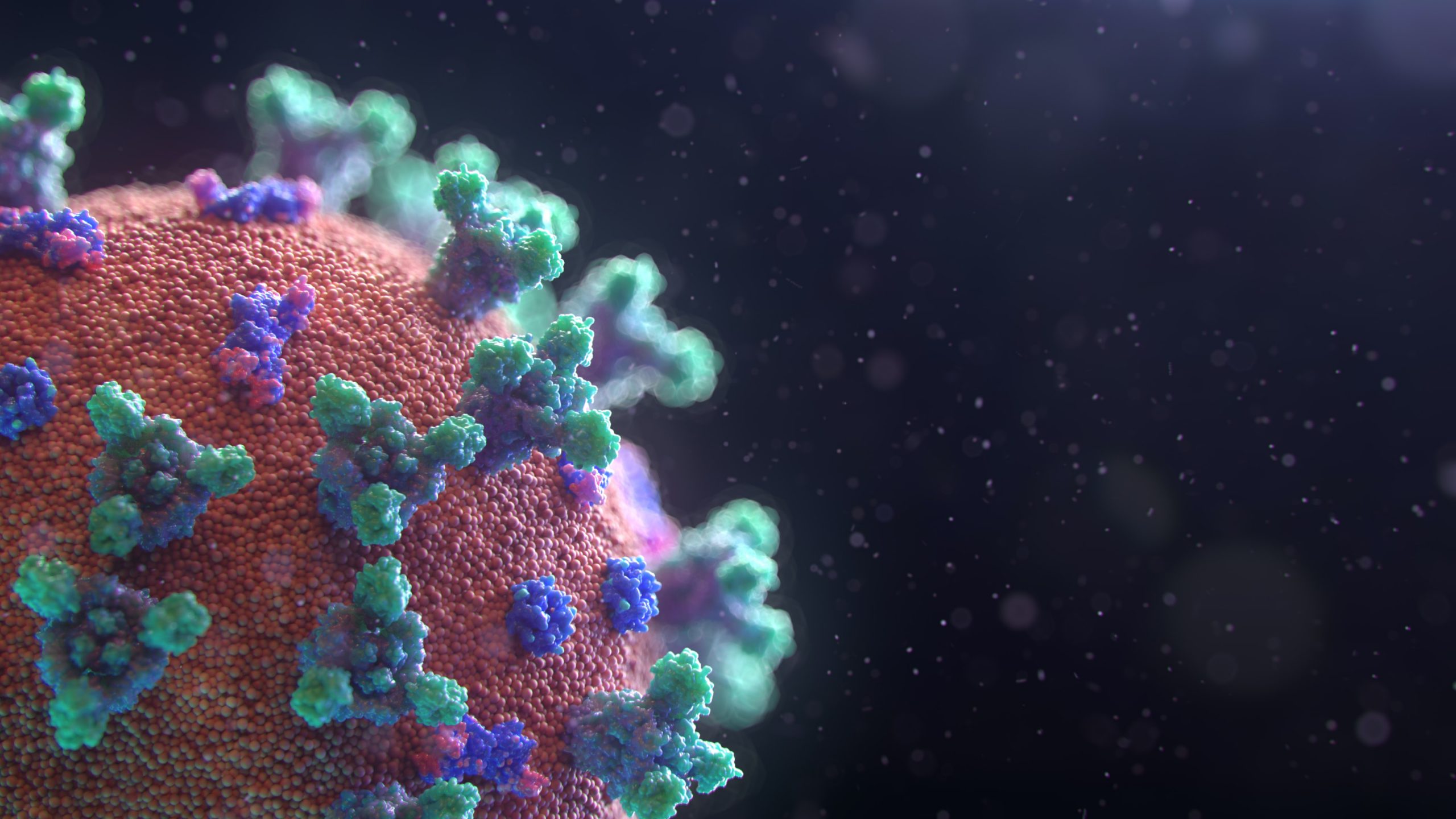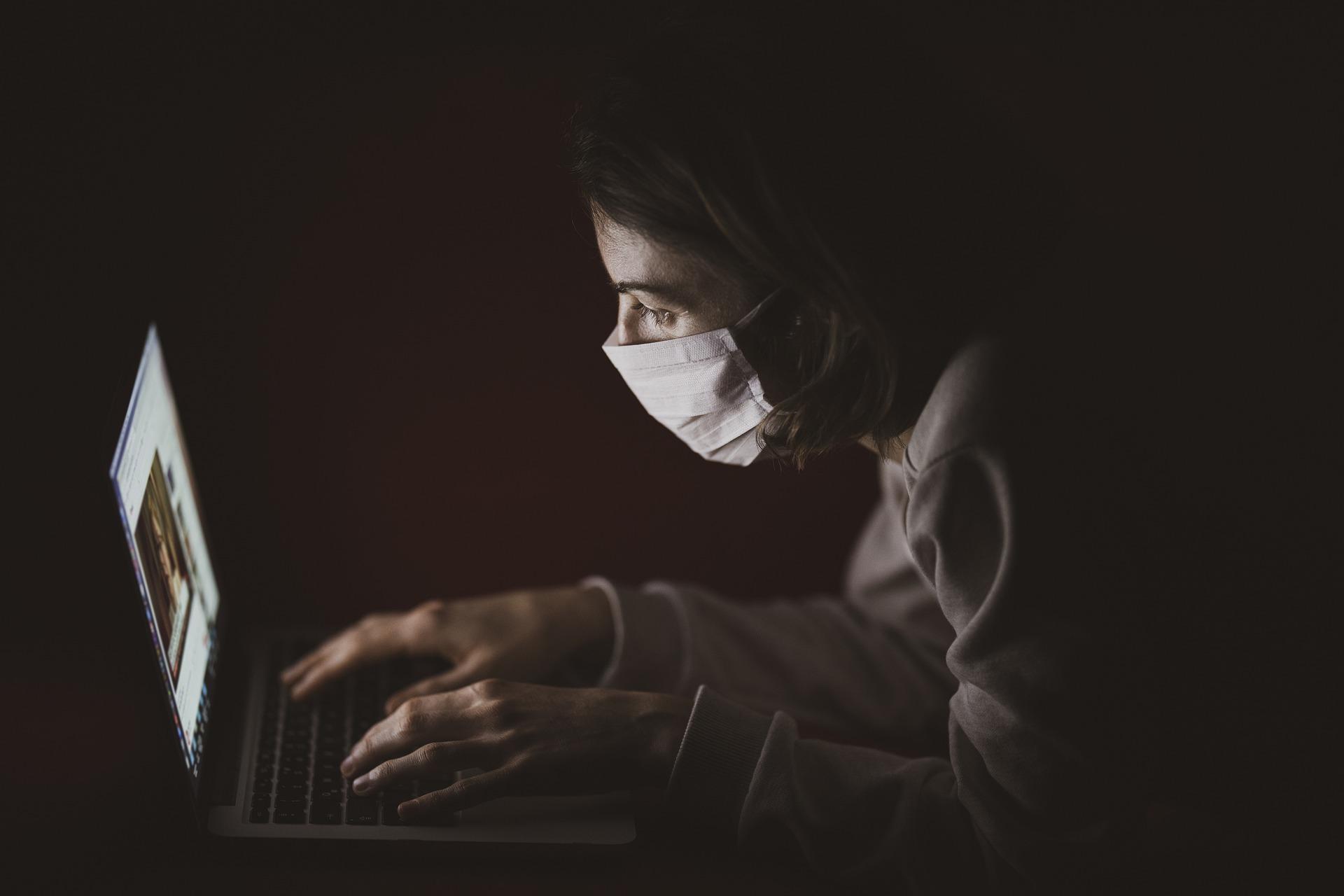
Digital infrastructure can help us through the COVID-19 crisis
The primary mission now, at the time of this disaster, is to integrate and streamline digital infrastructure at various stages of the general public health response, mainly in the context of epidemic forecasting and decision-making. In the 17 years since SARS, a new age digital era has emerged; artificial Intelligence and the Internet of Things (IoT) may be instrumental in keeping this new virus within reasonable limits. Governments at the moment are relying on ubiquitous instruments (sensors) and effective algorithms instead of flesh-and-blood spooks. In the war against COVID-19, numerous governments have carried out those new surveillance tools. Digital infrastructure can help us through the COVID-19 crisis
In the ongoing covid-19 pandemic, we’re witnessing the 3 most important occurrences across the globe:
1. Wider acceptance of online services;
2. A humongous requirement for net services for traditional industries;
3. Boosted connectivity amongst various kinds of industries.
These 3 data streams offer important, real-time data approximately travel patterns that spread disorder and longitudinal changes in populations at risk, which till recently had been very hard to quantify on schedules associated with a fast-moving pandemic. With an exponential rise in mobility and developing global connectivity, these facts will be vital to planning surveillance and containment strategies. Some researchers and personal entities together with their respective state governments are growing a digital platform, HealthMap, which visually represents the disease outbreaks according to location, time, and the type of contagious virus, bacterial disease this is being carried while entering into the city.
Digital infrastructure can help us in predicting and modeling outbreaks. Take AI-supported services for a lung CT scan: the AI is premeditated to fast detect lesions of likely coronavirus pneumonia; to measure its volume, shape, and density; and to compare changes of multiple lung lesions from the image. This gives a quantitative report to help doctors in making fast decisions and therefore facilitates expedite the health assessment of patients. The virus has furnished a brand new beginning for virtual infrastructure improvement. Using the cloud, massive facts, and AI applications create room for industries to expand and construct new business models that assist citizens to understand the severity of pandemic disease and ensure preventive measures. A coalition of stakeholders (private and governmental) are assisting pharmaceutical businesses with millions in investment to discover a vaccine for the virus. To modernize, improve and update our digital infrastructure and to tackle this and future pandemics, different financial models will evolve inclusive of Public-Private Partnership and consumption/outcome-primarily based totally fashions to relieve the monetary disaster throughout the development phase.
It is now the instant for countries to fast-track the construction of recent virtual infrastructure, inclusive of IoT together with AI, in addition to the hastening of vital projects and most important infrastructure construction that’s already included in countries’ financial stimulus plans.
Image by fancycrave1 from Pixabay



















